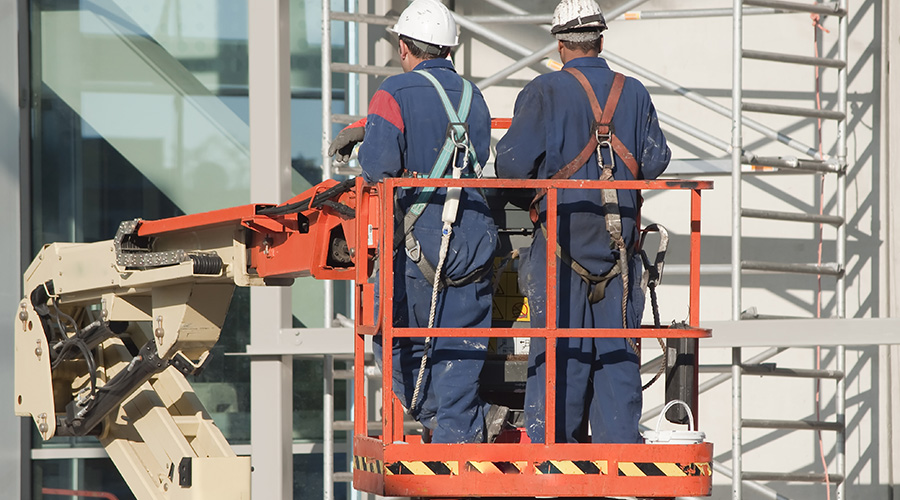Business Resilience Includes more than Emergency Preparedness
Part 2 of two-part article on building resilience
Business resilience describes the ability to rapidly adapt and respond to business disruptions while maintaining continuity of operations. It is more than just being prepared to respond to an emergency. It involves setting up systems and training people so facilities remain operational, despite inevitable disruptions and regardless of the source.
A standard from the International Organization for Standardization (ISO) provides a framework organizations can use. ISO 22301, Societal Security - Preparedness and Continuity Management Systems – Requirements, identifies the requirements for developing and maintaining a business continuity management system (BCMS).
Specifically, it addresses the requirements for planning, operating, monitoring and reviewing a BCMS. The standard’s goal is to ensure organizations have a system in place that will reduce the likelihood or extent of disruptions to business activities.
The key benefits of business resilience planning include:
• improved performance through focus on processes and planning
• reduced corporate risk of business interruption and negative financial impacts
• enhanced reputation and mission delivery, despite disruptions
Another way to think about business resilience is through the negative lens. A lack of planning and a workforce trained to respond can lead to an inability to recover quickly, significant financial loss, and damage to the organization’s reputation.
Organizations actually can earn certification under ISO 22301. For managers wondering why an organization would pursue certification, I can tell you from first-hand experience that it engages key stakeholders in the business resilience process, galvanizing them around a common goal and perspective.
The business continuity plan becomes more than a static document. It becomes a reference for ongoing operations and integrates itself into larger business decisions. Employees practice the ways they will respond to events in tabletop and active training exercises. A common language and understanding develops, and it becomes easier to get buy-in for actions related to business resilience.
The process also creates a robust validation effort that demands dedication all the way up through the organization’s most senior levels. Most importantly, it assures that everyone is actively engaged and equipped to respond.
In business resilience planning, organizations identify the possible impacts of potential threats and deploy a plan to reduce those impacts, decreasing overall corporate risk due to related failures. That is the proactive element. In the reactive element, business resilience planning provides guidance for ensuring the ability of personnel to respond, resume and restore to a predetermined level of operation following a disruption.
The world and facilities are changing rapidly. More than ever, the facilities management profession has the opportunity to impact productivity and profitability organizationwide through business resilience planning and execution. Now is the time for managers to bring their experience to bear in ways that help their organizations weather future crises.
Laurie Gilmer is Vice President, Facility Services at Facility Engineering Associates and leads FEA’s group in its’ execution of facility asset management, building energy management, and sustainability services. Laurie is a published author, and co-authored the International Facility Management Association’s (IFMA) second manual in the Sustainability “How-To-Guide” Series, EPA’s ENERGY STAR Portfolio Manager. Laurie is currently serving a term on IFMA’s Board of Directors. She also serves on the Northwest Energy Efficiency Council’s Building Operator Certification program advisory committee and the National Visiting Committee of Building Efficiency for a Sustainable Tomorrow (BEST) Center.
Related Topics:













